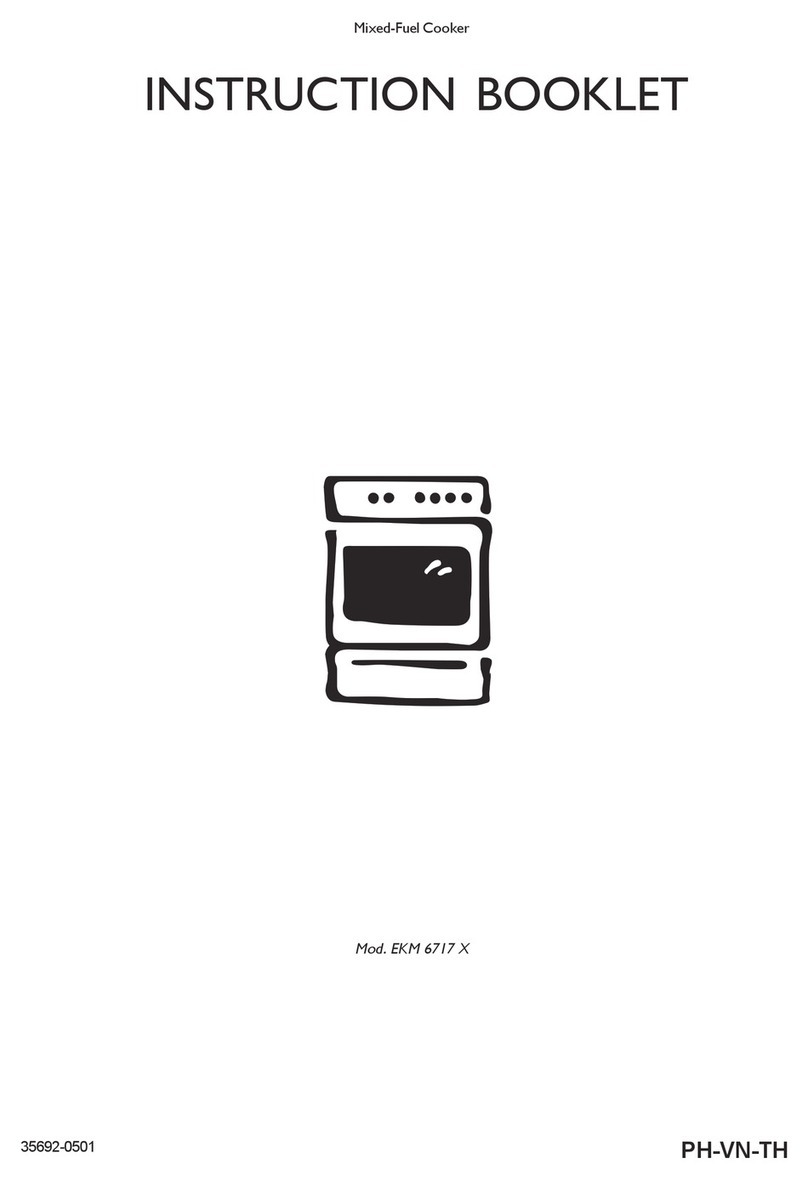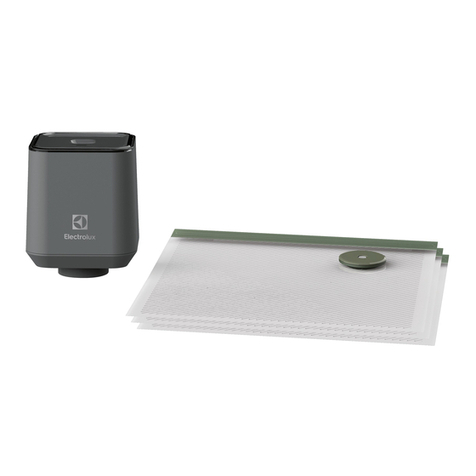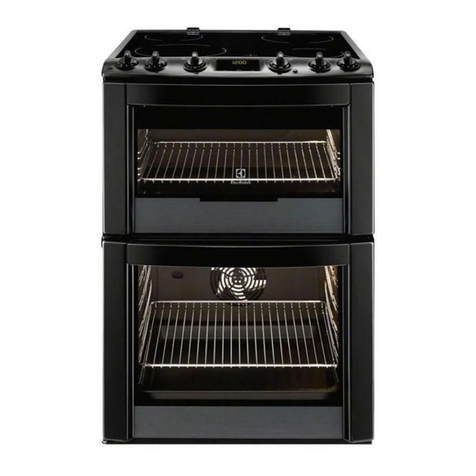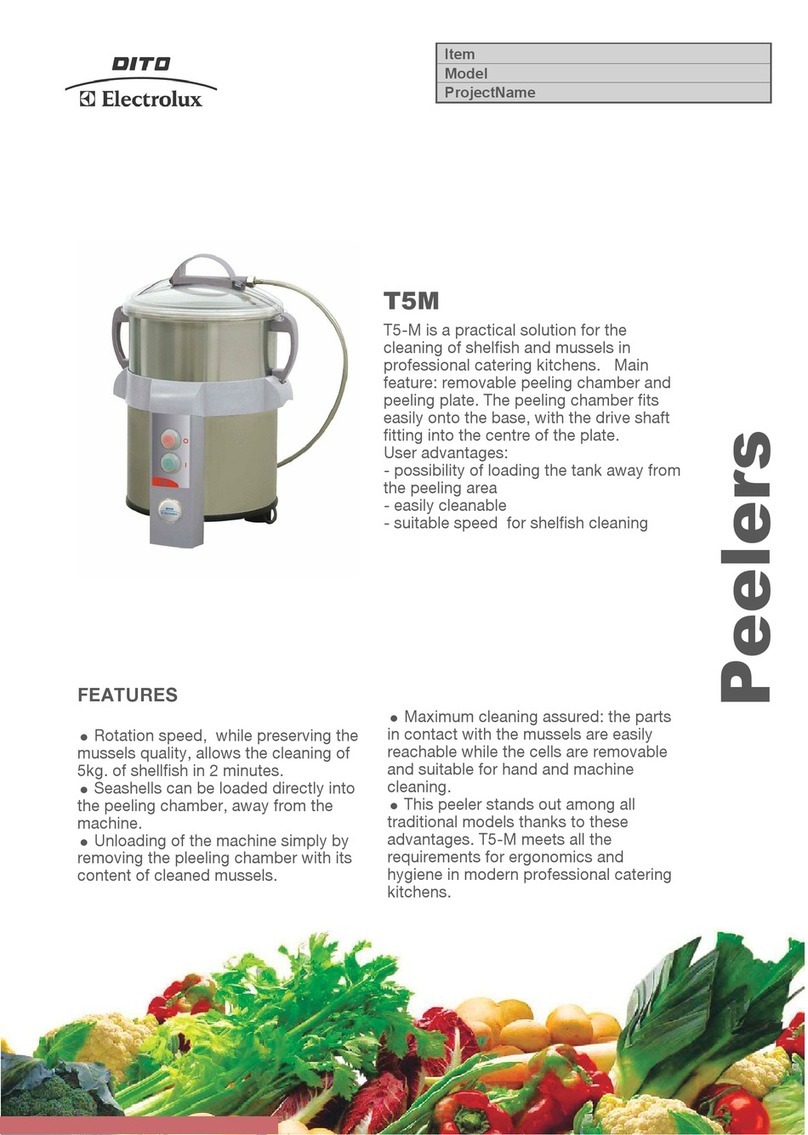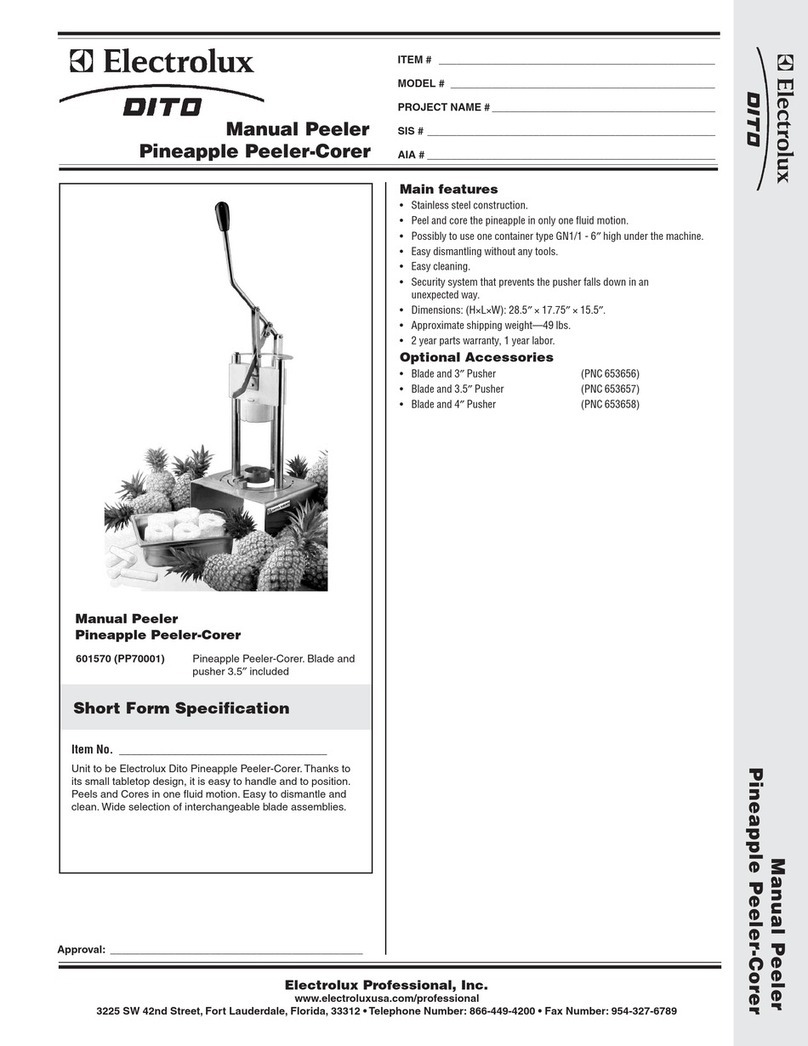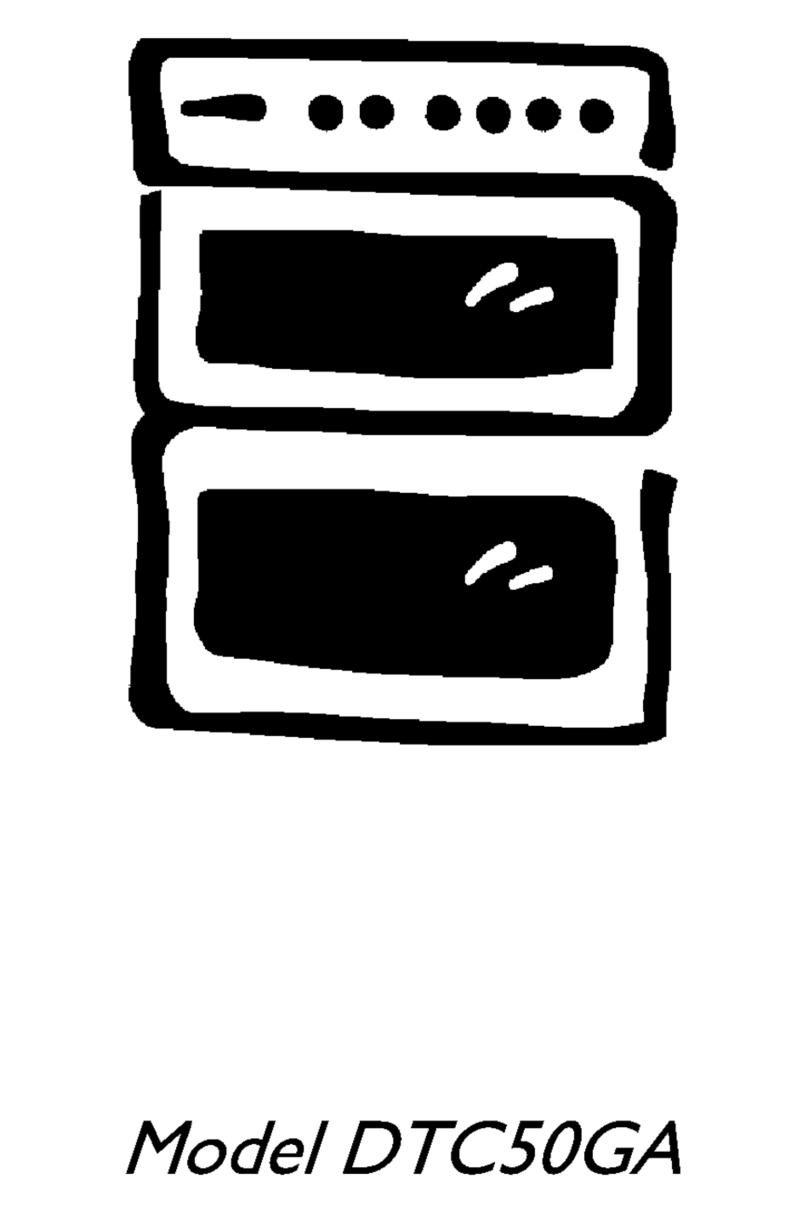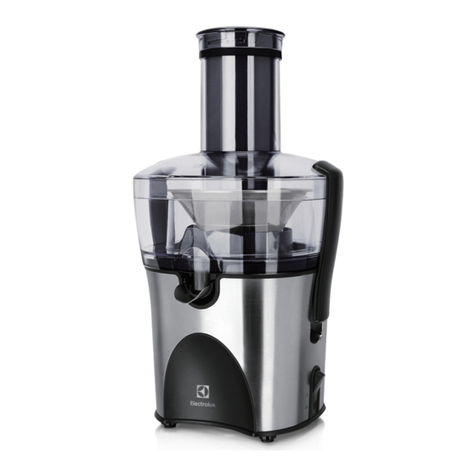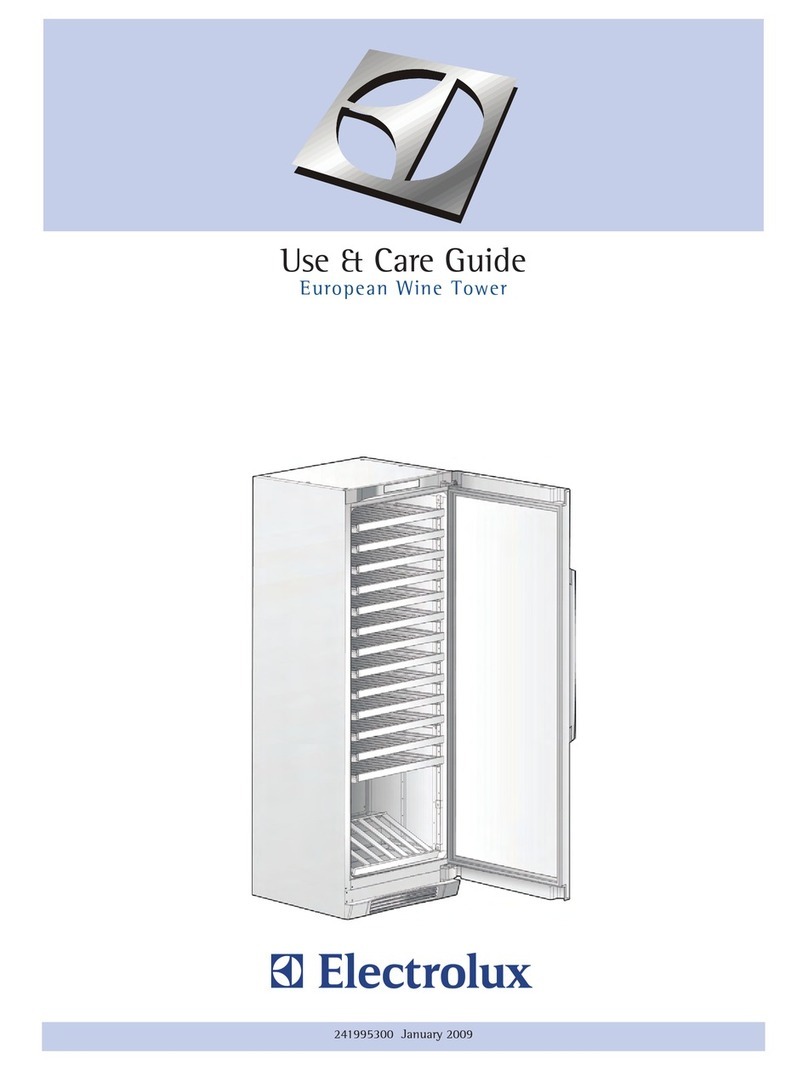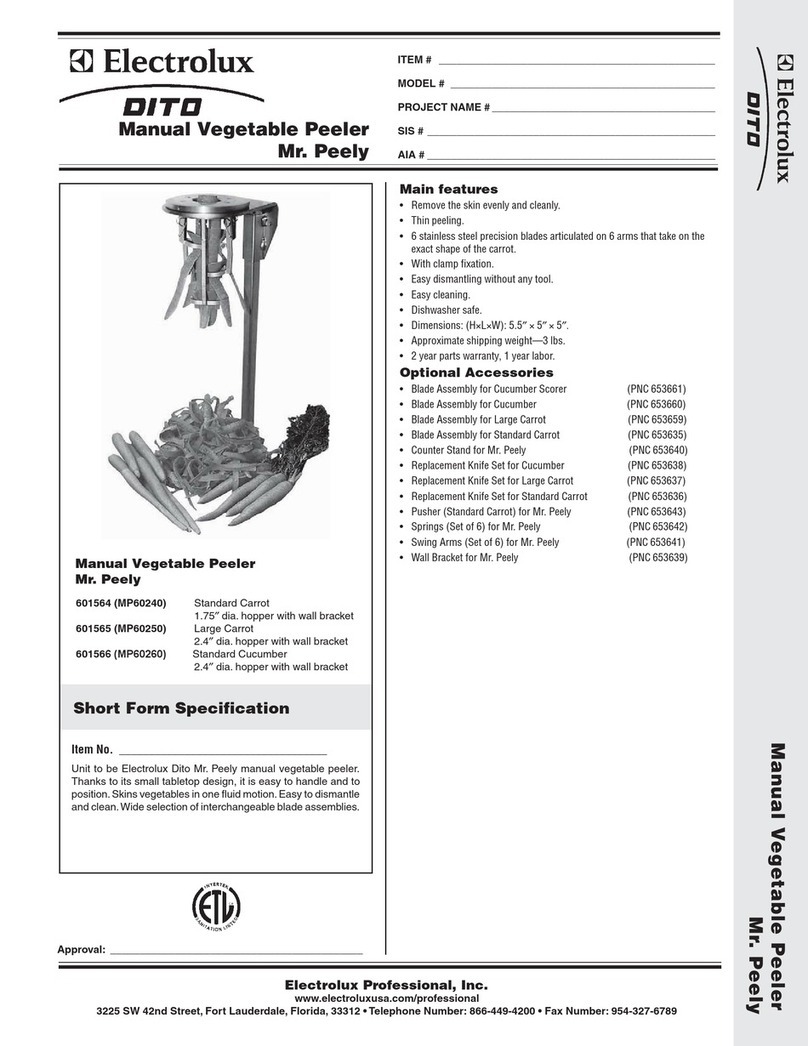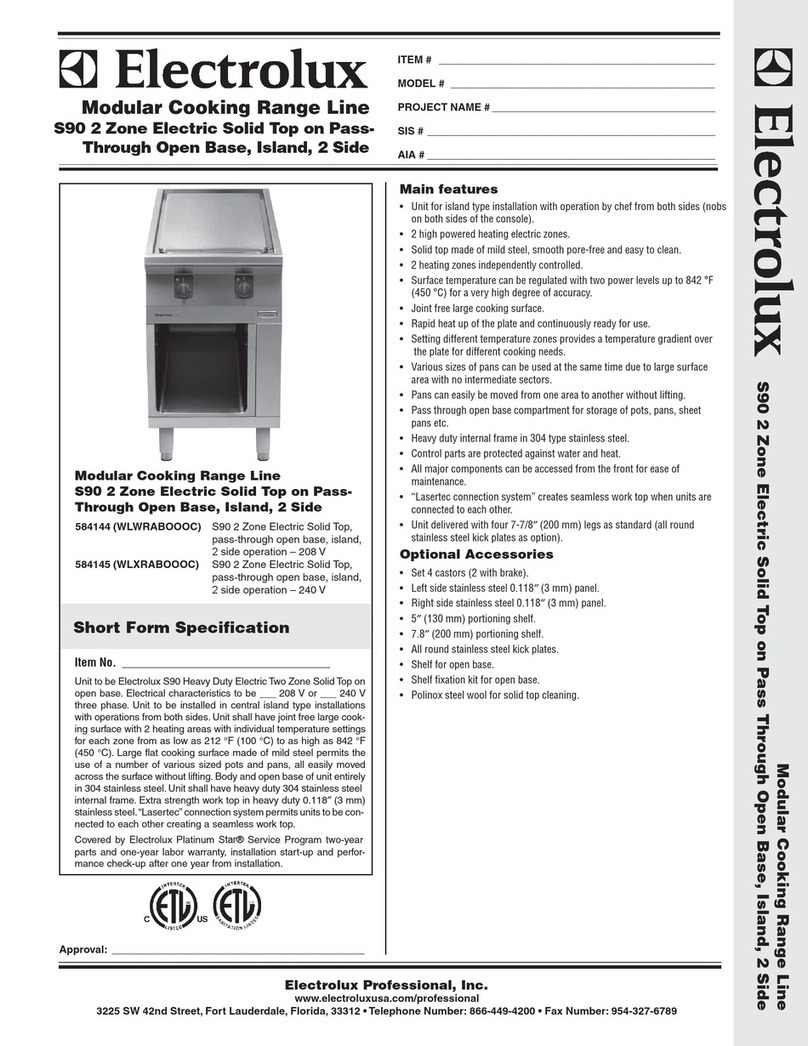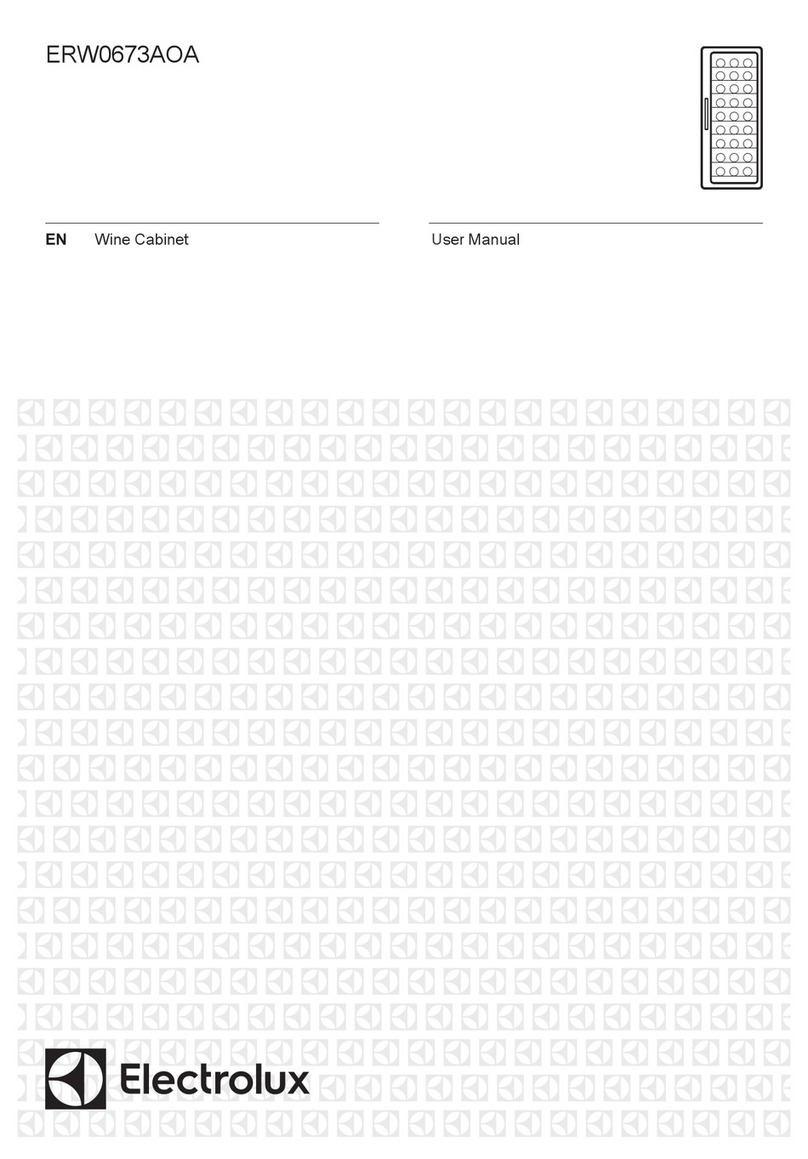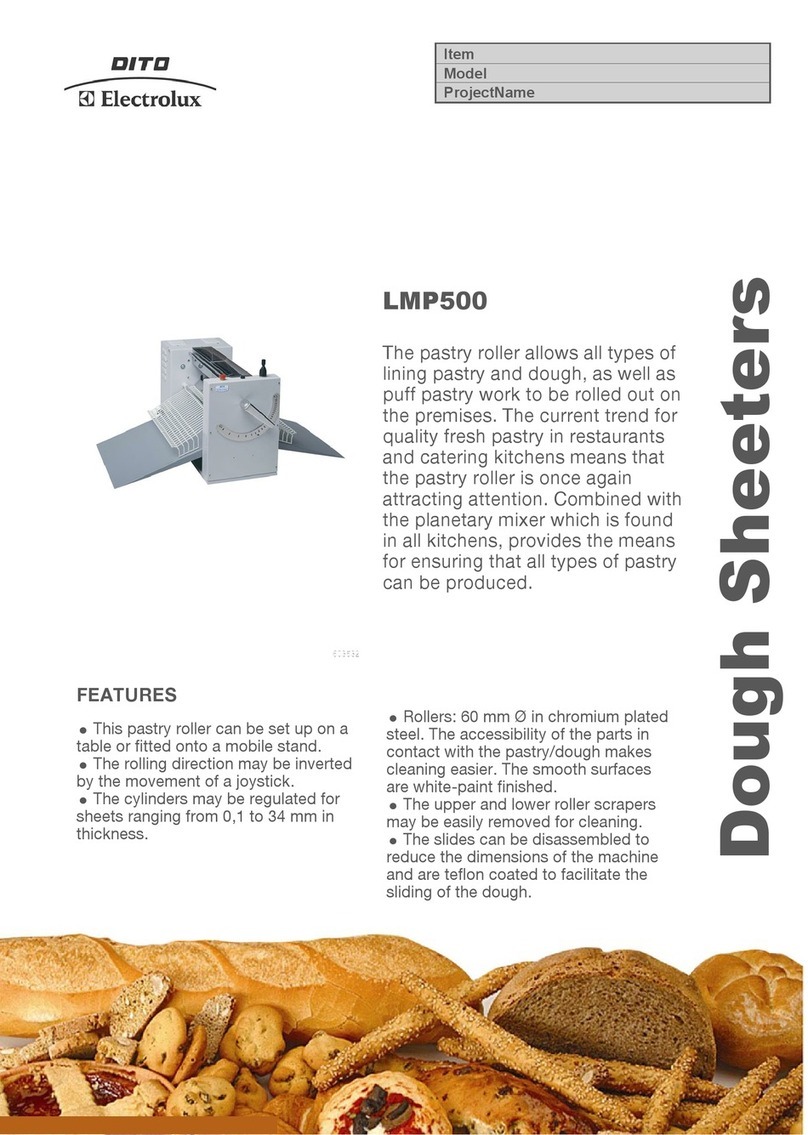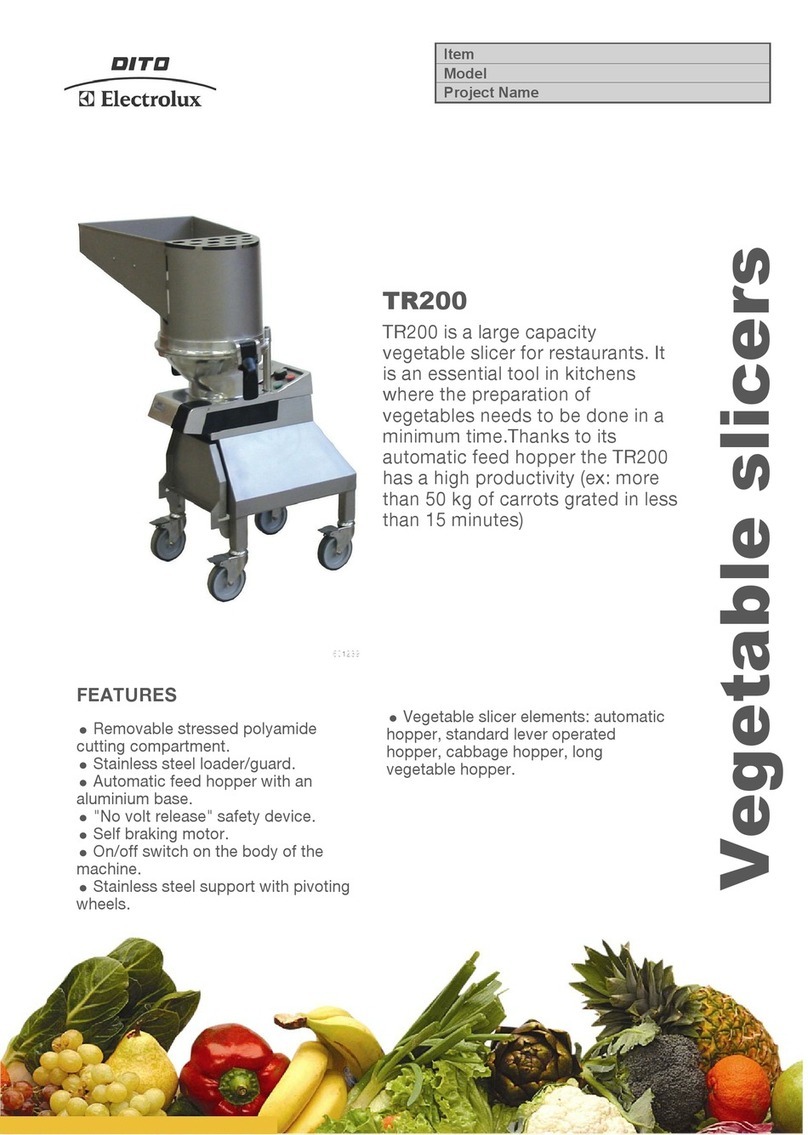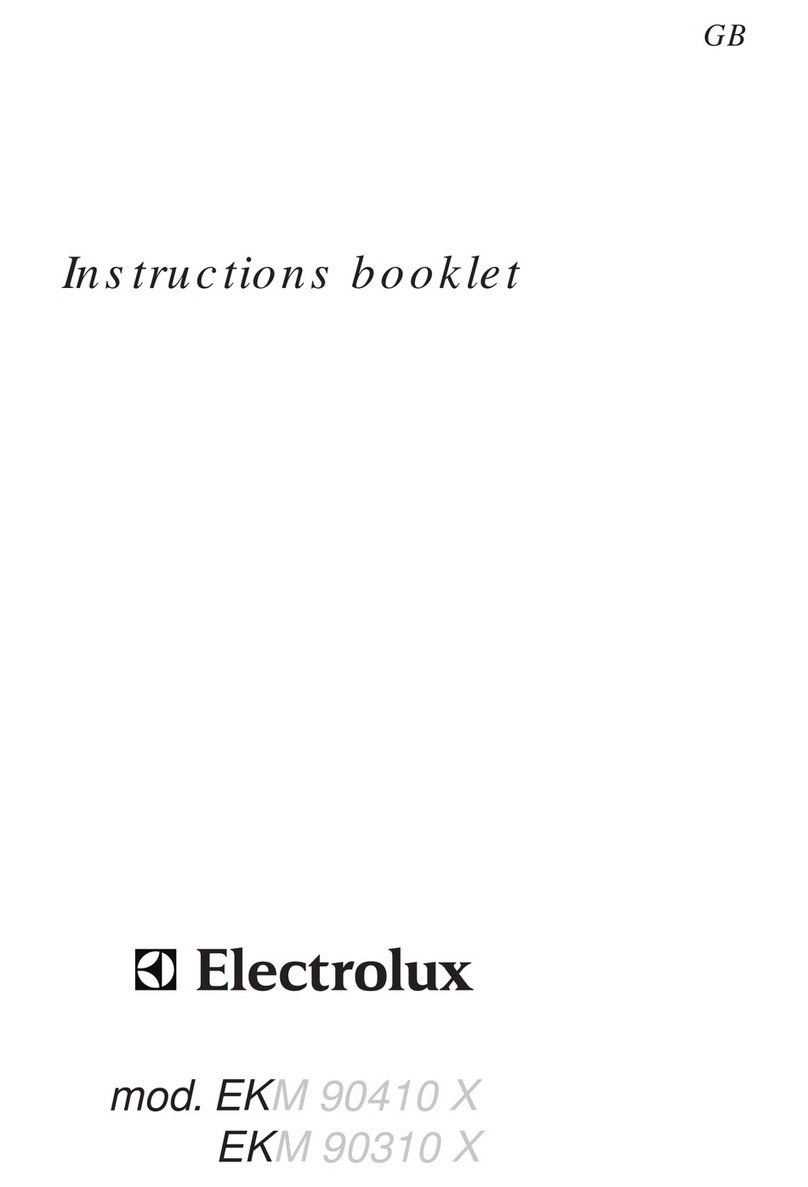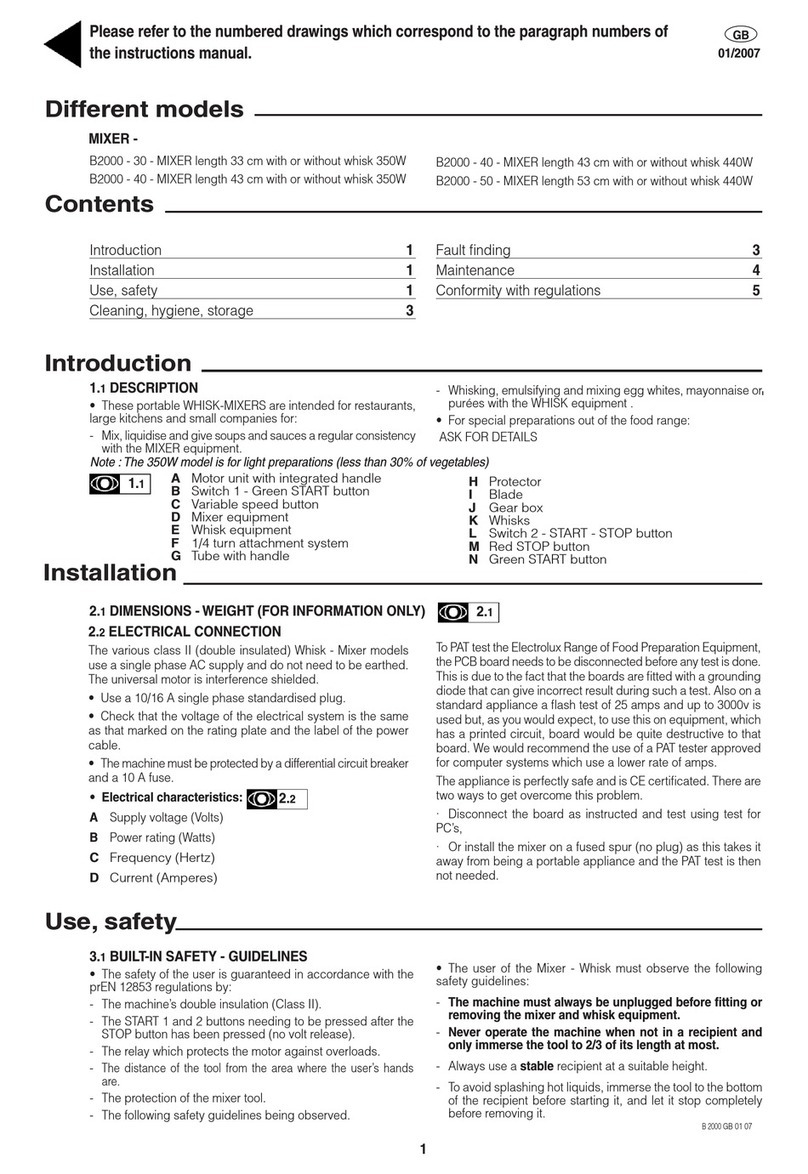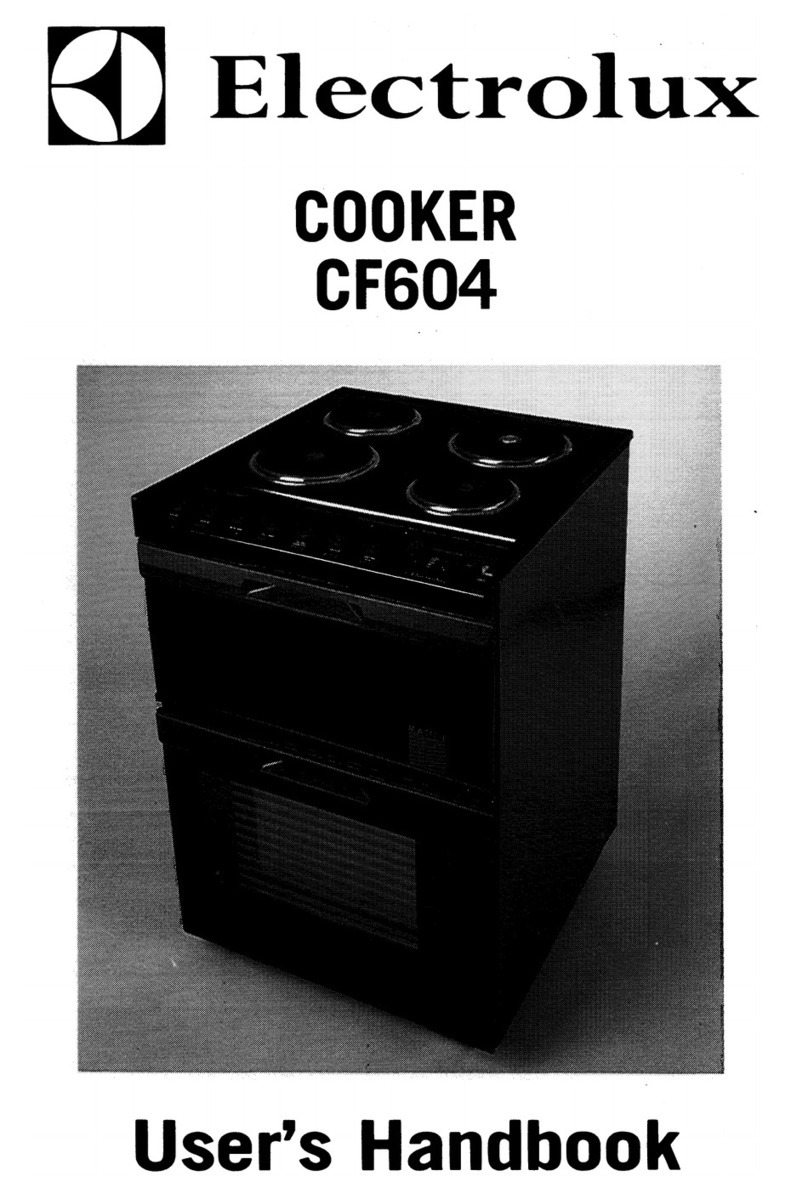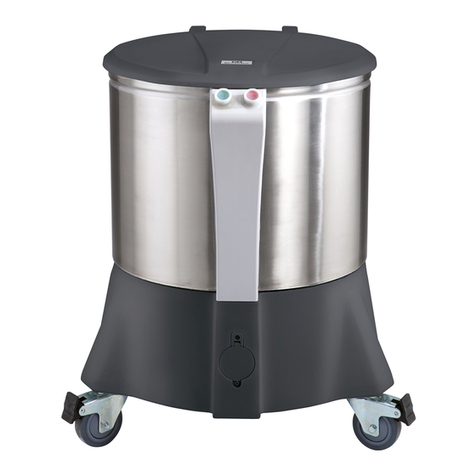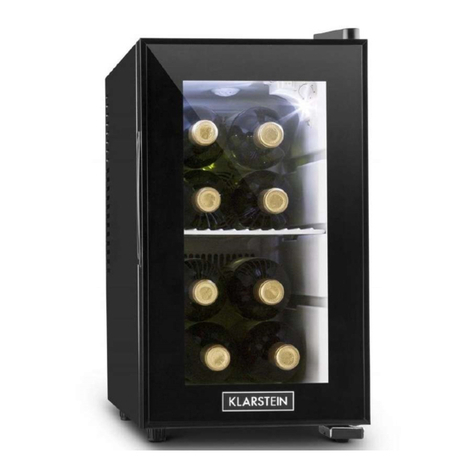
5
CCoonntteennttss
A SAFETY INFORMATION.........................................................................................................................7
A.1 Children and vulnerable people safety............................................................................................... 7
A.2 General information ......................................................................................................................7
A.3 General safety .............................................................................................................................7
A.4 Transport, handling and storage ......................................................................................................8
A.5 Installation and assembly ...............................................................................................................8
A.6 Electrical connection .....................................................................................................................8
A.7 WARNING ..................................................................................................................................8
A.8 Machine cleaning and maintenance................................................................................................ 10
A.9 Ordinary maintenance ................................................................................................................. 11
A.10 Service..................................................................................................................................... 11
A.11 Machine disposal........................................................................................................................ 12
B GENERAL INFORMATION .................................................................................................................... 12
B.1 Introduction............................................................................................................................... 12
B.2 Definitions................................................................................................................................. 12
B.3 New concept appliance................................................................................................................ 12
B.4 Machine and manufacturer's identification data ................................................................................. 12
B.5 Copyright.................................................................................................................................. 13
B.6 Responsibility ............................................................................................................................ 13
B.7 Keeping the manual .................................................................................................................... 13
B.8 Recipients of the manual .............................................................................................................. 13
B.9 Personal protection equipment ...................................................................................................... 13
C GENERAL SAFETY RULES................................................................................................................... 14
C.1 Introduction............................................................................................................................... 14
C.2 Protection devices installed on the machine ..................................................................................... 14
C.2.1 Guards ........................................................................................................................... 14
C.3 Safety signs to be placed on the machine or near its area.................................................................... 14
C.4 End of use ................................................................................................................................ 14
C.5 Instructions for use and maintenance.............................................................................................. 14
C.6 Reasonably foreseeable improper use ............................................................................................ 15
C.7 Residual risks ............................................................................................................................ 15
D PRODUCT DESCRIPTION .................................................................................................................... 16
D.1 Appliance overview..................................................................................................................... 16
D.2 Control panel overview ................................................................................................................ 16
D.2.1 Display ........................................................................................................................... 16
D.3 Accessories supplied with the appliance .......................................................................................... 16
E TECHNICAL DATA TABLE .................................................................................................................... 17
E.1 Main technical characteristics........................................................................................................ 17
E.2 Characteristics of power supply ..................................................................................................... 17
F TRANSPORT, HANDLING AND STORAGE .............................................................................................. 17
F.1 Introduction ............................................................................................................................... 17
F.2 Transport: Instructions for the carrier .............................................................................................. 18
F.3 Handling................................................................................................................................... 18
F.3.1 Procedures for handling operations....................................................................................... 18
F.3.2 Shifting ........................................................................................................................... 18
F.3.3 Placing the load................................................................................................................ 18
F.4 Storage .................................................................................................................................... 18
G INSTALLATION AND ASSEMBLY ........................................................................................................... 18
G.1 Introduction............................................................................................................................... 18
G.2 Customer's responsibilities ........................................................................................................... 18
G.3 Appliance space limits ................................................................................................................. 18
G.4 Positioning ................................................................................................................................ 18
G.4.1 ADJUSTMENT OF THE MINIMAL DISTANCE BETWEEN THE GLASS AND THE UPPER PLATE
(models equipped only) ...................................................................................................... 19
G.5 Workplace ................................................................................................................................ 19
G.6 Unpacking ................................................................................................................................ 19
G.6.1 Feet installation ................................................................................................................ 19
G.7 Electrical connection ................................................................................................................... 19
G.8 Disposal of packing..................................................................................................................... 20
H NORMAL MACHINE USE...................................................................................................................... 20
H.1 Characteristics of personnel trained for normal machine use ................................................................ 20
H.2 Characteristics of personnel enabled to operate on the machine ........................................................... 20
H.3 Operator qualified for normal machine use ....................................................................................... 20
I OPERATING ...................................................................................................................................... 21
I.1 Start up .................................................................................................................................... 21
I.2 Set a program............................................................................................................................ 21
I.3 Basic set up settings ................................................................................................................... 22
I.4 Basic settings ............................................................................................................................ 22
I.5 Advanced settings ...................................................................................................................... 24
I.6 Daily use .................................................................................................................................. 30
